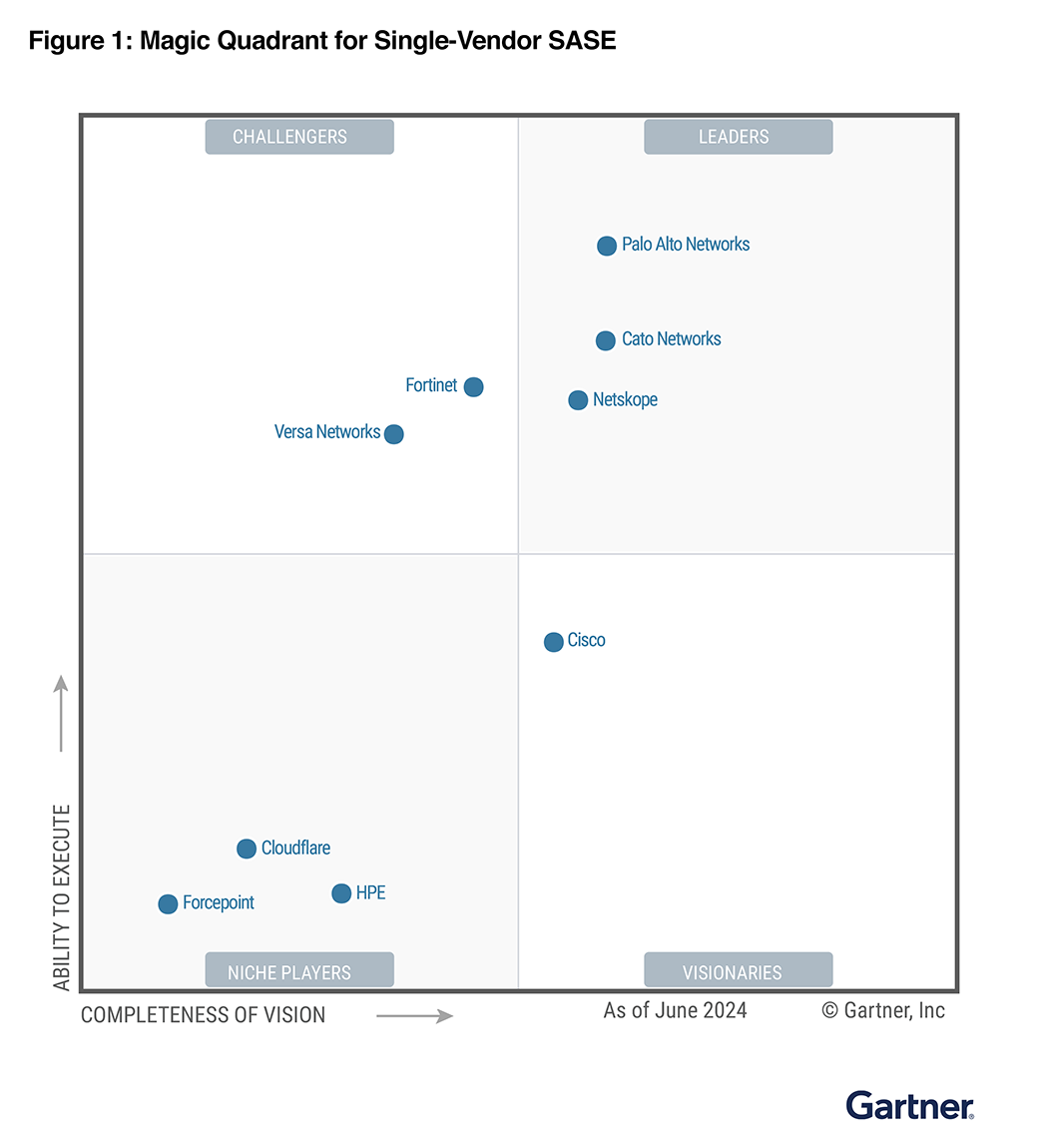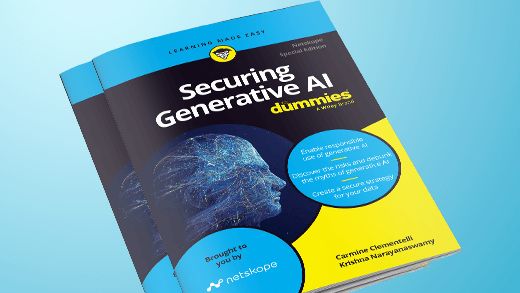If you listen carefully you can almost hear them: the IT managers, CIOs, CISOs and the rest who probably feel like preparation for the GDPR occupies their every waking moment (and a few non-waking moments, too.)
Boiled down to its very basic elements, complying with the GDPR is all about properly understanding and controlling your data. That’s easier said than done, of course, which is the reason you’re reading this right now instead of finessing your drive on the golf course.
A proper understanding of your data – what data you hold, where it resides, where and how it travels, how it’s protected, and more – has to be the starting point for your compliance journey. Organizations have to investigate thoroughly all of these factors to develop a complete picture of their data protection stance.
Conducting a full audit of an organization’s data is always a very involved process. With data volumes growing exponentially and so many different cloud services in use in any modern business, joining the dots is a complex but necessary task.
The purpose of the audit stage is to deliver implicit visibility of what a company and its employees are doing in the cloud. The first stage of any audit is to uncover the cloud services in use within an organization – either sanctioned or unsanctioned. The latest Netskope Cloud Report (September 2017) found that organizations use an average of 1,022 cloud services. That’s potentially a lot of data being uploaded, shared and stored in a huge number of cloud services, although if you can be confident that none of this data would be held to be “sensitive” as defined in the provisions of the GDPR, then you can rest easy. But in reality, most if not all companies handle sensitive data of some sort, such as personally identifiable information (PII) of EU citizens – staff or customers, for example.
So initially, the audit is designed to provide visibility of what cloud services are in use, and where your data is going. That information, in turn, provides a list of the cloud services, at which point the next step for organizations is to assess whether or not those services are GDPR-ready. Some modern cloud access security brokers (CASB) offer solutions which can compile a GDPR readiness assessment, scoring each cloud service on a number of criteria weighted in importance, with the results presented in an easy-to-use yet insightful dashboard.
Pertinent questions used to build the GDPR readiness score for each cloud service include what is the level of encryption of data at rest, who owns the keys, what data center certifications are present and whether the service shares PII with third parties? With all questions answered, the tool presents a rating for the service in question.
And the results are usually eye-opening. We have spoken to companies which have found personal data shared in publicly-accessible links, sensitive client data shared with external parties before it was supposed to, and more.
So far, the auditing company has learned which cloud services are in use and what data is in them. But today’s solutions will also show whether or not the company has a data processing agreement (DPA) in place with the cloud service in question. This is mandatory under the GDPR, and companies will need to be able to demonstrate to the regulator that this box has been ticked.
For services where this crucial piece of the jigsaw is missing, the next stage is blocking the use of those services to ensure that data is not transferred to services which do not have an agreement in place. The readiness assessment will examine the data and characters being transmitted to cloud services to check for data classed as PII under the terms of the GDPR.
If sensitive data is being transmitted in breach of the regulation, a CASB platform can block this data to avoid a breach of compliance and then automatically provide the user with information about an appropriate, sanctioned service to use which will enable them to accomplish their task without putting data at risk. This provides organizations with preventative control over their data.
Next, a company will want to know about data residency – i.e. where the data stored or transmitted in cloud services actually resides in geographic terms. The user might be in the UK, but the cloud service in question might be hosted in South Africa (for example). Is this a problem? Not necessarily. There’s no provision in the GDPR which states that companies can’t store data in services based outside of Europe, but if they do so they have to guarantee that the vendor is compliant with the GDPR.
With those stages of the audit complete, the company in question will be in a much better position to assess what else needs to be done to achieve GDPR compliance. The audit stage can broadly be summed up in the following steps:
Discover and monitor every single cloud application used by employees across the business;
Know which personal data are being processed in the cloud by employees – is customer information such as name, credit card details, address, or other forms of personally identifiable information (PII) available? Is this data defined as “sensitive” under the GDPR?
Secure data. Conduct a GDPR readiness assessment and use it to check that you have a DPA in place with all cloud services in use by the business and its employees. Set and activate policies which ensure staff are not using unmanaged cloud services to process and store PII.
Coach employees in best practice to ensure staff readily adopt and use the services approved by IT, and
Use a cloud access security broker (CASB) to evaluate whether the cloud apps and services in use across the business are enterprise-ready. In this way, the organization can guarantee that all data are protected both at-rest and in-transit.
Once organizations complete the audit and have the information they need, the next question is how they take action to improve their GDPR readiness. We’ll address that in the next article in the series.
Both cloud vendors and cloud-consuming organizations must recognize the wide-ranging and significant ramifications of the GDPR on data control and protection. Cloud services are present in every modern workplace, making personal data even more difficult to track and control. IT departments need to assess their data and processes now to ensure that they can keep data in check and not risk penalties for non-compliance in 2018. As the deadline looms, building a true picture of the use of cloud service via a thorough audit is a great place to start.






 Back
Back 















 ブログを読む
ブログを読む